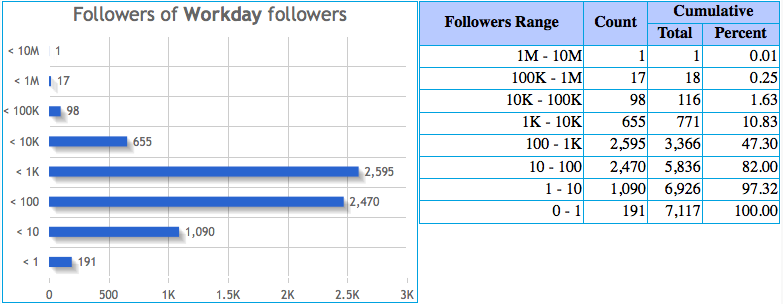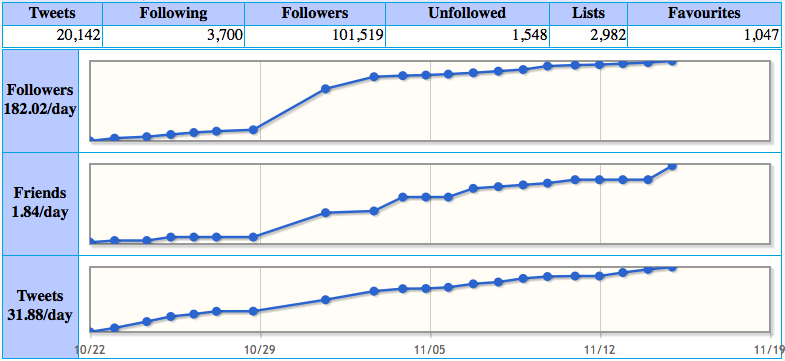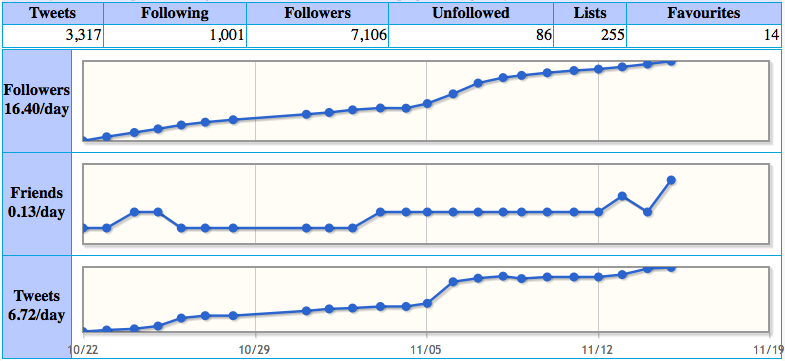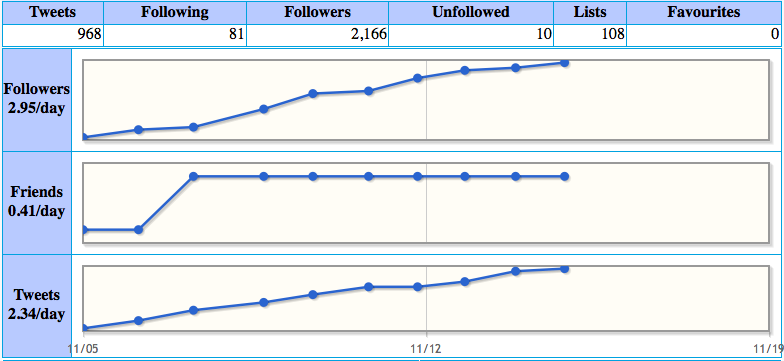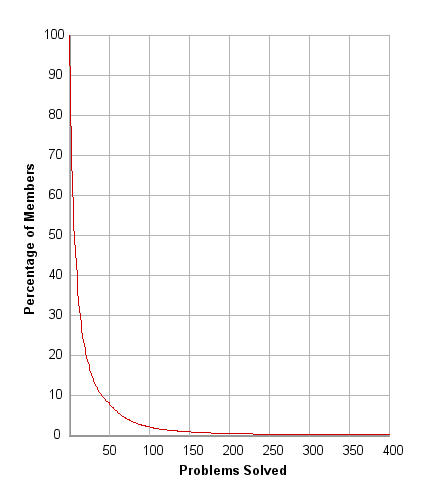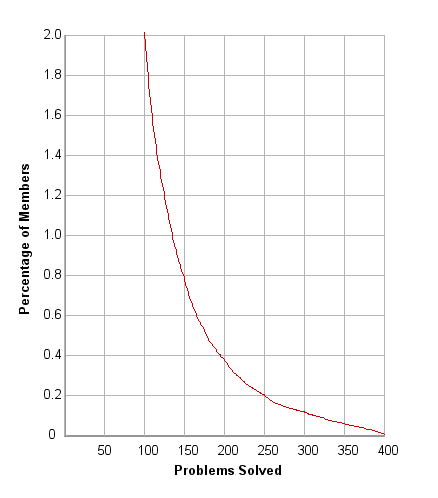Growing up, Mathematics was one of my favorite subjects. And I was reasonably good at it. Nothing to be proud of though, just that it’s a subject I wasn’t afraid of and I could easily understand the difficult concepts and score good marks.
Living in the US I keep hearing how Mathematics is a tough subject for many kids and it’s even considered uncool. Of course, there are many great Mathematicians in the US but I am not talking about the exceptional cases. For an average student it’s probably a daunting subject in any country.
Now I don’t have to deal with Mathematics at work. However, I came to know about the website Project Euler a little over 3 yrs back and given my liking for both Math and Algorithms, I have spent a lot of time solving the problems on the website. In the process, I also got a chance to revisit many math concepts.
It’s in this context, I have been understanding how many things I learned during 6th to 12th could be used in real-life world to figure out interesting things. Two such examples are Matrices and Polynomials. As a student, matrices were nothing more than some entities that followed certain rules for multiplication and addition.
No one told me how matrices can be used to represent recurrence relations and how matrix exponentiation can be used to compute the recurrence relations very very fast (in the order of log(n) , which is understandably not something a pure mathematician would probably care about or that’s not the age to talk about complexity of an algorithm).
And what about Polynomials? We just learned about quadratic equations and how to solve them by factoring to get the roots. But beyond that? What sort of real-life problems can they solve? Recently, I came across a problem where a set of dice are thrown and their sum follows a certain distribution and the question asked how to create a different set of dice that has the same probability. Now this is not a very easy problem to solve. Take two standard dice (that each gives a value of 1 to 6). Then the sum distribution follows: (2,1) (3,2), (4,3), (5,4), (6,5), (7,6), (8,5),(9,4),(10,3),(11,2) and (12,1). That is, it’s possible to get the value 10 in 3 ways: {4,6}, {6,4} and {5,5}. Computing this distribution of the sum is not at all difficult. But figuring out another set of dice that provide the same distribution is not easy. Of course, in case of just 2 dice, it’s actually easy to bruit-force the answer. But the problem I worked on involved a total of 7 dice each with a different number of faces. And the problem asked to find a set of 4 dice whose sum gives the same probability for their sums and each with 120 faces but with values ranging from 1 to x where x is much smaller than 120 (and the actual value of x is known). Let me just say, this problem is not something that can be bruit-forced. Further more, it’s a problem that can’t even be solved by a set of equations.
However, if one understands how a dice can be represented as a polynomial and how a set of dice can be represented using these polynomials, then the problem becomes very easy. I agree that if one doesn’t understand polynomials itself, how can they understand more advanced concepts. But while complexity is not something every one wants to deal with, at least the subject can be made interesting with such examples. Bright students who can follow will cherish these interesting ways of using the math they are learning. Average students, while can’t understand the advanced math, can probably appreciate that it’s possible to solve such complex problems using the building blocks of mathematics they are learning.
Personally, this aspect of how some of the concepts learned as a school going student can be used gives a great pleasure which I would have at least appreciated, if not understood, back in those days. That time I had teachers, but they never told me these things. Now I don’t have a teacher, but I have the Internet to learn! All that’s required is the desire and curiosity. Of course, I am not advocating every adult to go start relearning their childhood courses. But many of us as parents can try to steer our kids towards such interesting aspects of the things they study.
I was initially thinking of calling the title of this post as “Teaching Mathematics”, but then I wanted to give the student’s perspective and what the student can do, rather than making this as a responsibility of a teacher (as many teachers may not be capable of this as they were once students too or they may not have so much time and energy to go above and beyond what needs to be covered in the classrooms).
I know some of you might be curious to know the actual solution for the dice problem. The puzzle is still open for solving and hence I am going to wait out a few days. Later I will come and update this post on how to go about solving it with polynomials.
Update: OK, here is the link to the dice puzzle and the solution.
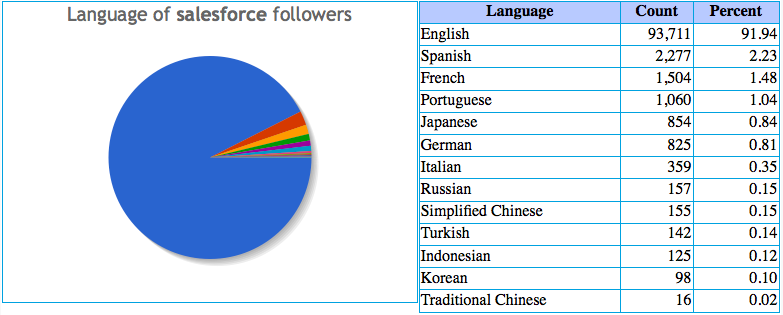 In the above data for salesforce we see that majority of the followers are English speaking. Next highest is Spanish speaking at only 2.23% and then French (1.48%) and Portuguese (1.04%) just above 1%.
In the above data for salesforce we see that majority of the followers are English speaking. Next highest is Spanish speaking at only 2.23% and then French (1.48%) and Portuguese (1.04%) just above 1%.







